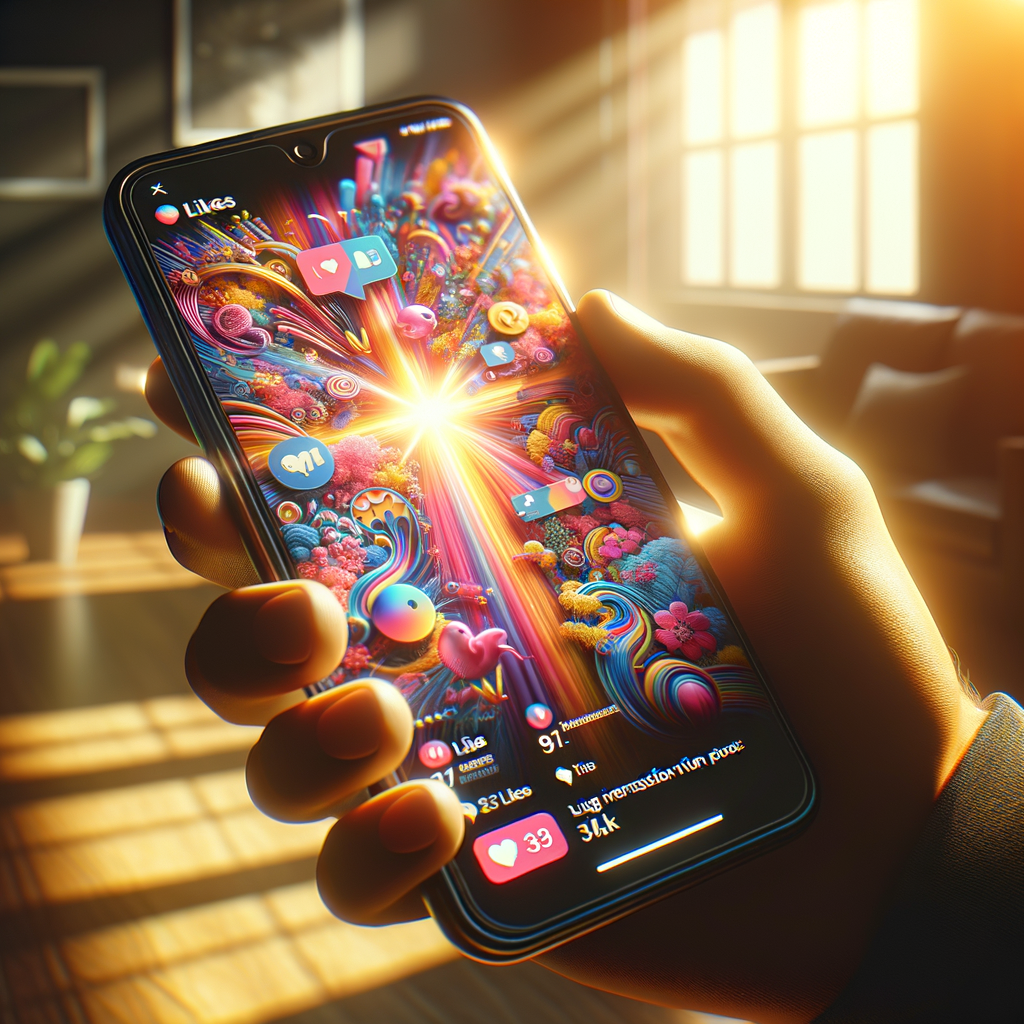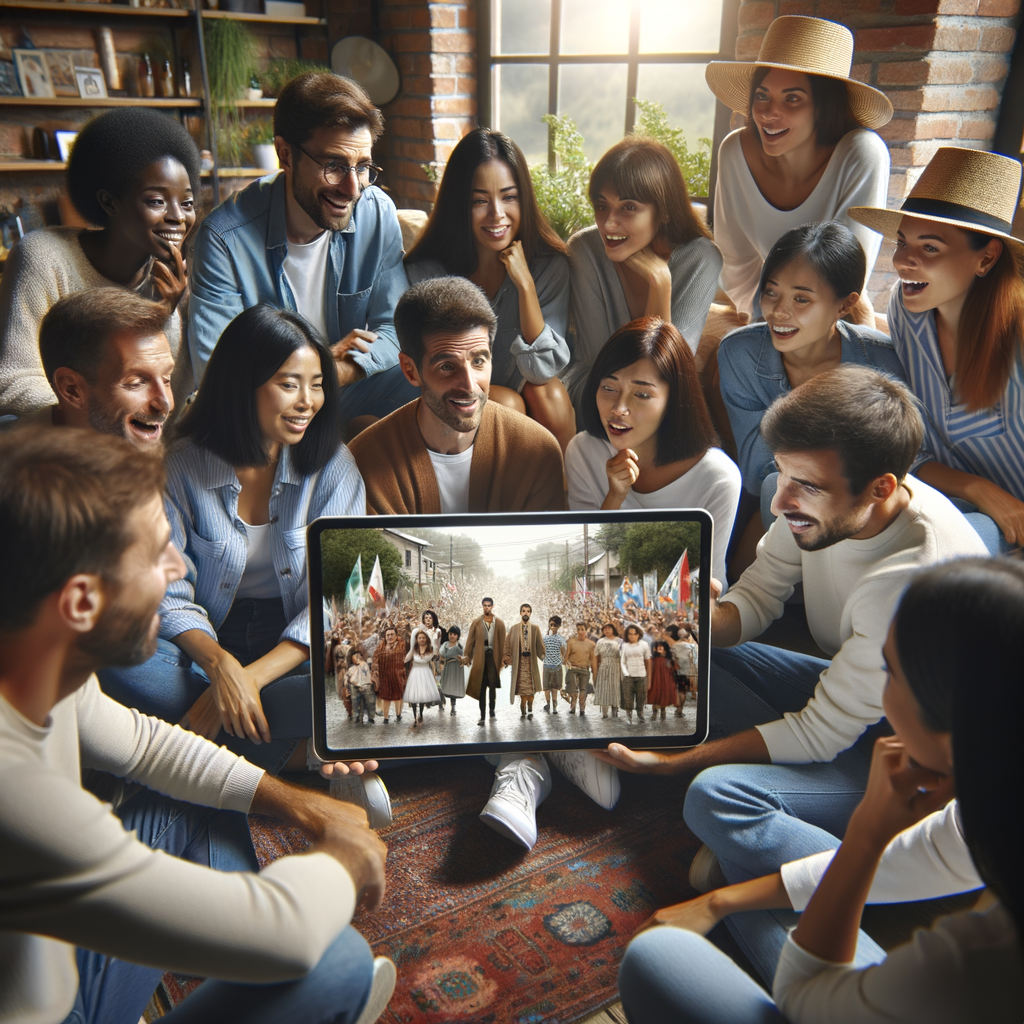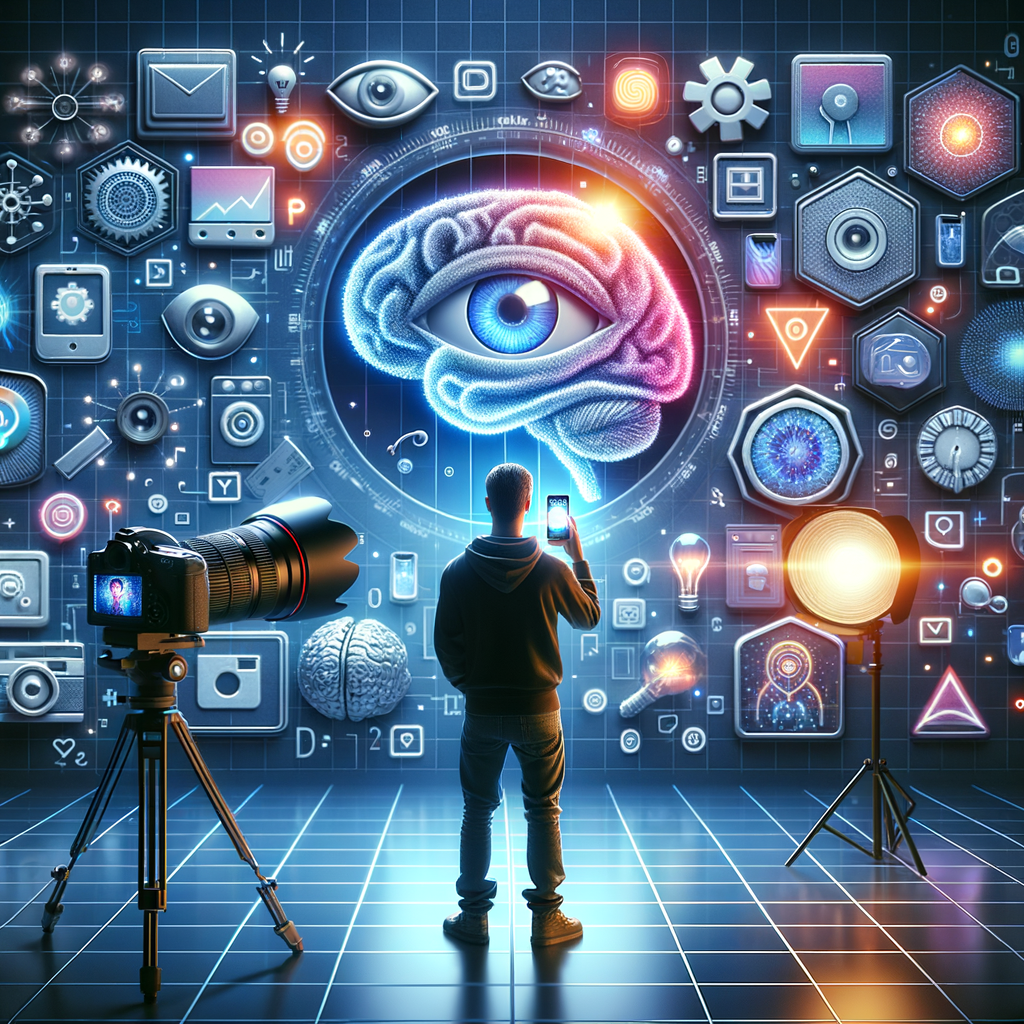The Psychology of Visual Storytelling: Craft Social Content That Converts
Uncover how psychology-driven visual storytelling can transform your social media content—engage audiences deeply and drive real-world sales results.
The Psychology of Visual Storytelling: How to Craft Social Media Content That Captivates and Converts
If you've ever found yourself completely entranced by a single Instagram post, TikTok loop, or YouTube thumbnail, you already know the mesmerizing power of visual storytelling. As a creator, artist, or entrepreneur striving to grow your social media presence, understanding the psychological triggers behind great visuals isn't just a creative extra—it's the heartbeat of your brand’s success online. The good news? Learning the psychology of visual storytelling can help you capture attention, forge powerful emotional bonds, and, ultimately, boost those all-important conversions.
What makes people stop endlessly scrolling and actually engage with your content? The answer lies in the beautifully complex workings of the human brain. Our minds are hardwired to interpret visual cues first—often in milliseconds—before processing words or context. This is because visuals evoke emotion, convey meaning quickly, and help create memorable stories. From color psychology to facial expressions, each visual element you include in your content subtly influences your audience’s perceptions and decisions. If you can tap into these psychological instincts, you’ll find your content standing out in even the most crowded feeds.
Visual storytelling goes beyond simply posting a pretty photo or well-edited video. It’s about using design, imagery, and narrative to tap into internal motivators like curiosity, nostalgia, belonging, or aspiration. When you understand what truly moves people to act, you can begin crafting content that resonates on a deeper level. For instance, sharing a behind-the-scenes reel of your artistic process not only demonstrates your skill—it builds trust and relatability, which research shows are key drivers in consumer behavior. The more authentic and psychologically relevant your story, the more likely followers will remember you and take action.

One powerful psychological principle is the concept of “mirroring.” People naturally connect with content that reflects their own experiences, values, and emotions. As a content creator, you can use this to your advantage by highlighting real-life moments, showcasing customer testimonials, or sharing user-generated content. Slideshows of unfiltered workspaces, time-lapse project videos, or candid snapshots of product use invite your audience to see themselves in your story. This empathetic connection encourages comments, shares, and, crucially, trust in your brand or creative mission.
Color and composition play monumental roles in shaping the mood and response to your content as well. Studies show that people make subconscious judgments about a product or profile within 90 seconds—with up to 90% of that assessment based on color alone. Use bold, contrasting colors to inspire energetic engagement, or soft palettes to create calm and approachability. The “rule of thirds,” leading lines, and focal points can guide your audience’s eye exactly where you want it: to a call-to-action, your face, or a featured product. Instagram carousels, pinned TikTok comments, and animated GIF overlays are all effective ways to reinforce key visual cues and keep followers invested in your narrative.

Another vital tool in your storytelling kit is the use of narrative arcs—yes, even in short-form content! Humans are natural storytellers and story-listeners; we crave beginnings, middles, and ends, even in something as brief as a Reels or Stories sequence. Try structuring your content to show a challenge, a struggle or “work-in-progress,” and then a resolution. Not only does this satisfy our psychological need for closure, it also makes it easier for your audience to follow—and remember—your message. Celebrating small wins, showcasing before-and-after transformations, or using teasers and reveals are tactics that reward your viewers’ attention with emotional payoff.
Effective visual storytelling is as much about consistency as artistry. The more cohesive your visual identity—fonts, filters, lighting, tone—the faster your audience will recognize and trust your content, wherever they discover it. Templates, brand colors, even consistent selfie angles can all help reinforce your brand memory. But don’t be afraid to experiment: A/B testing thumbnail designs, experimenting with on-brand memes, or tweaking caption structures can offer fresh psychological insights on what resonates best with your unique following.
Conclusion
Mastering the psychology of visual storytelling is more than just a trend—it's an essential skill for creators and entrepreneurs aiming to make a genuine impact online. By blending narrative, design, and a heartfelt understanding of your audience, you can craft social media content that not only captivates and engages, but also inspires action and conversion. Invest in learning what moves your viewers emotionally and you’ll transform your creative potential into tangible results.
Blog Article Tags
social media visual storytelling content creation psychology digital marketing visual marketing branding audience engagement conversion storytellingMore Articles
Maximizing Your Reach: Effective Social Media Strategies for Indie Creators - Discover actionable social media strategies for indie creators to engage fans, grow your audience, and increase support across disciplines.
Discovering Hidden Gems: Untapped Platforms Playlist Curators Prefer Over Fiverr - Explore new, alternative platforms that playlist curators are flocking to in 2025, featuring community perks, unique tools, and collaborative advantages far beyond Fiverr.
How To Transform Viral Music Challenges Into Profitable Artist Promotion - Learn how to leverage social media music challenges to grow your audience and income as a new artist. Harness viral trends as part of your marketing strategy.
How Freelance Web Designers Are Revolutionizing User Experience with Dynamic Responsive Techniques - Discover how freelance web designers are transforming UX in 2025 using innovative dynamic responsive techniques for seamless user experiences.
How To Turn Your Home Studio Into a Profitable Niche: From Hobby To Hustle - Discover how to transform your home studio into a profitable side business by leveraging your creative space, marketing, and online selling strategies.


